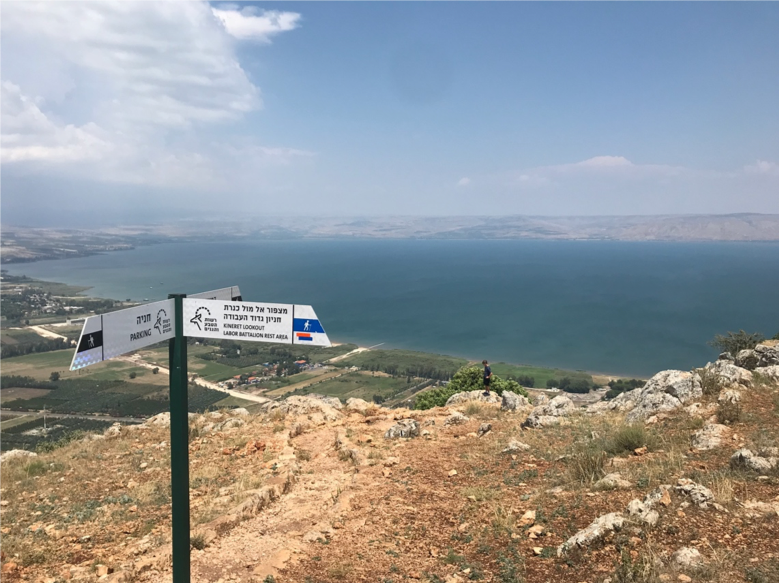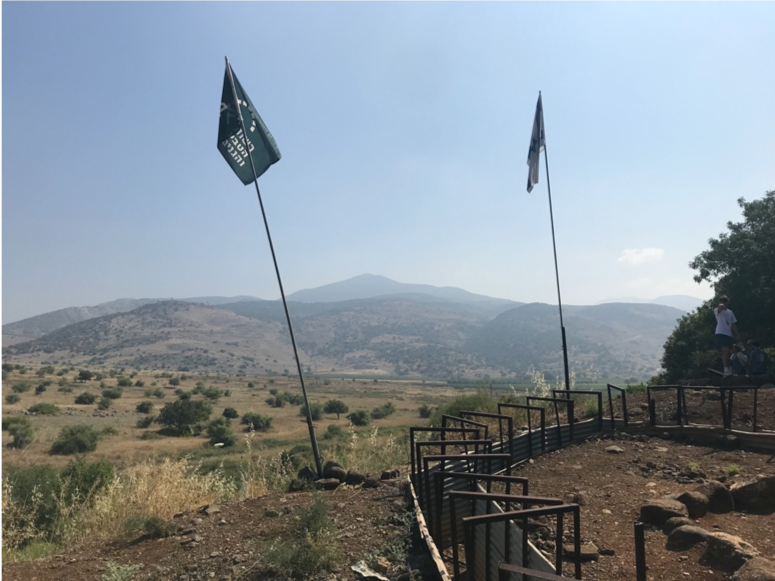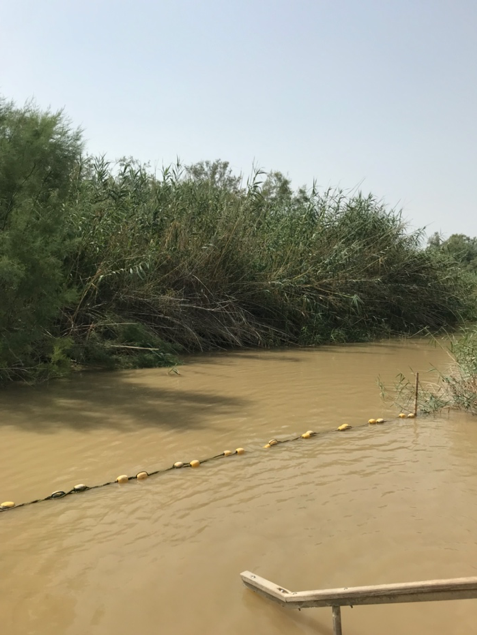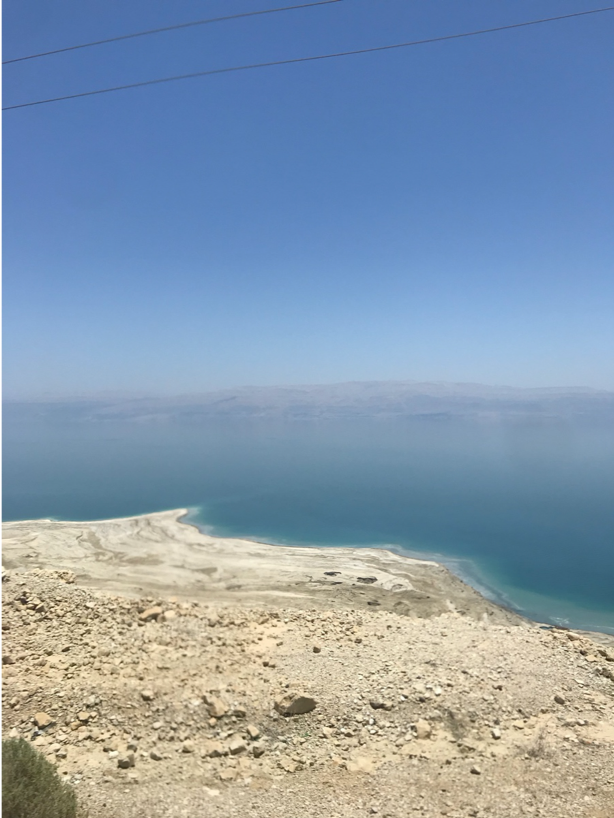Travelogue on Israel
by Charlotte Taylor
This short piece describes my visit to Israel through the lens and archaic language of Marco Polo’s travels, based on an assignment in one of my art history classes at UGA. I call it a “travelogue,” as I attempt to elucidate my own experiences as a traveler in a concise format, accessible to those with little knowledge of Israel. I seek to compose a brief synopsis of the history of modern Israel from the days following World War II’s end up to the present, exempting more ancient historical accounts as from the Torah. Using this historical context, I will then describe my particular experience as a modern tourist spending just under two weeks in the country. Finally, I will compare Israel to my own home country of the United States. Here, I hope to bring to light newfound commonalities and differences between these two counties, ultimately highlighting the universality of Marco Polo’s travel accounts and the value of foreign travel as an educative experience.
Travelogue, Israel, Jewish, Arab, UN
In the year 2018, I travelled to the country of Israel, west of Jordan and south of Syria. It is a small country, a journey of just nine hours to cross by car the southernmost tip to the northernmost, yet it is inhabited by many different peoples of varying religions; some worship Mahomet, others follow Christian Law, and others still are Jewish. The modern country of Israel came only into being in the days after the Second World War, when enormous waves of the Jewish people seeking shelter came into the Holy Land fleeing Nazi troops. At this time, the country of Britain controlled the region and because there were vastly more Arabs than Jews, they sought to maintain peaceful relations with the Arab world. Thus, they disallowed Jewish admittance into Israel. Violence thus ensued, and as it increased, the British government called in the great power of the United Nations to achieve peace. The United Nations Special Committee on Palestine (UNSCP) proposed a resolution called the United Nations Partition Plan, thus dividing the country into separate Jewish and Arab states, with an internationally controlled region around Jerusalem and Bethlehem, two cities of great strength and import for the religions. From this conflict arose the Zionists, a group of Jews in favor of the return of their people to their ancestral homeland in Israel and led by the great David Ben-Gurion, the eventual first Prime Minister of Israel. The Zionists accepted the proposal, desirous of later territorial expansion. The Arabs, meanwhile, would not account for any Jewish rule of the area and rejected the plan. Nevertheless, in November of 1947, the great power of the UN General Assembly voted in favor of the plan, which incited two separate wars: the civil war between Palestine’s Jews and Arabs and later the state of Israel’s invasion by Arab armies (Shapira, 295).
Ultimately, Israel subdued its neighboring lands in these wars, and today the nation is largely one of peace and great, flourishing cities, despite the ongoing conflict with the Palestinian people over the succeeding decades (Shapira, 391). I came to many of these great cities, including Bethlehem, Jerusalem, and Tel Aviv. Jerusalem is by far the noblest city, and so I will speak of it.
First, though, I shall note the great natural beauty of the country’s landscapes, which also hold an abundance of fruits and various animals of the land. In some regions, great bodies of water nourish the land with rich, green mountains and prairies, while in others, the land is dry, rocky, and barren, and travelers often ride camels to traverse long distances in the desert. From the previous wars with the Arab people, there remain bunkers and unexploded mines buried in the ground and barbed wire littered on the edge of roadways, giving very much a living presence to the previous dangers. Still, these reminders of war pale in comparison to the overwhelming beauty of this nation and its ancient buildings and relics from the time of Jesus Christ, which attract many travelers.
Now for the cities of the country. Jerusalem is one of the most well-known and often spoken of, for it is one of the oldest cities in the world and is holy to all of the peoples, Jewish, Islamic, and Christian, living in the nation. From almost every major lookout to view the city, the great Dome of the Rock structure, with a glittering golden dome, is visible, among various other buildings such as the Church of the Holy Sepulcher and the Western Wall. People come from great distances to make religious pilgrimages to these holy sites and witness the city’s history.
Since Israel is a modern country, many similarities are to be noted to my home of the United States, such as transportation via cars, ubiquity of the English spoken and written word, and the capitalist market. However, many different foods are eaten, more languages are spoken and written, and the rich, ancient, and enduring history is ever-present, as opposed to my country in its infancy, some might say. Also, the great conflict in the past with neighboring peoples pose greater danger to the small nation of Israel, while my own country has little external conflict with our neighbors. Simply, the complex history of religions inhabiting the area make Israel a point of conflict and dispute, while my own home has less conflicts regarding its ownership, and the circumstances of its existence rarely give rise to debates concerning its legitimacy. Despite these debates and conflicts in Israel, there is an unmentioned beauty here—a beauty in the people, in their stories of survival through war, and on their journey of faith, leading them to this place.
Shapira, Anita. Israel: A History. Brandeis University Press, 2012.
All photos were taken by the author, Charlotte Taylor.





